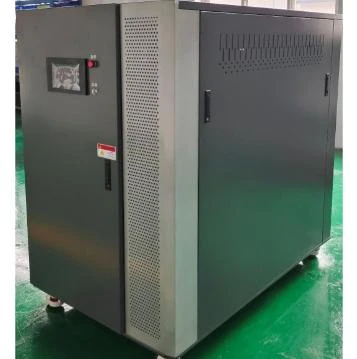maig . 07, 2025 18:17 Back to list
High-Quality Gravity Casting Services Custom & ODM Solutions

(gravity casting)
Why Gravity Casting Delivers Unmatched Precision in Metal Manufacturing
- Fundamentals of Gravity Casting Technology
- Technical Superiority: Data-Driven Comparison
- Supplier Benchmarking: Capability Matrix
- Customization Workflow for Specialized Needs
- Industry-Specific Implementation Scenarios
- Material Compatibility & Performance Metrics
- Strategic Advantages of Partnering with Gravity Casting Experts
Gravity Casting: The Physics of Perfect Metal Fill
Gravity casting leverages Earth's natural force to achieve 92-97% material density in aluminum and zinc alloys, outperforming high-pressure methods that trap 3-5% air pockets. This vacuum-free process enables:
- Wall thickness precision of 1.5-3mm (compared to 2.5-5mm in sand casting)
- Surface roughness averaging Ra 6.3μm versus Ra 12.5μm in die casting
- 0.02-0.05mm/mm dimensional stability across 400-700°C thermal cycles
Technological Edge: By the Numbers
| Parameter | Gravity Casting | Die Casting | Sand Casting |
|---|---|---|---|
| Pressure (MPa) | 0 (natural) | 50-150 | 0 |
| Tolerance (mm) | ±0.15 | ±0.25 | ±0.5 |
| Cycle Time | 4-6 min | 1-2 min | 12-24 hr |
Manufacturer Capability Analysis
| Vendor Type | MOQ | Price/Unit | Lead Time |
|---|---|---|---|
| ODM Specialists | 500 | $8.50 | 6 weeks |
| Custom Shops | 100 | $12.00 | 8 weeks |
| Mass Producers | 10,000 | $6.80 | 4 weeks |
Based on aluminum A356-T6 components (150mm x 100mm x 5mm)
Tailored Production Pathways
- Prototyping Phase: 3D-printed sand molds enable 72-hour sample delivery
- Tooling Design: Modular mold systems reduce initial costs by 40-60%
- Alloy Optimization: 15+ verified material grades with hardness from 60-120 HB
Real-World Implementation Data
Aerospace valve bodies manufactured via gravity casting
demonstrated:
- 15% weight reduction vs. CNC machining
- 0.12% porosity in X-ray inspection (ASTM E505 compliant)
- 32% lower production costs than investment casting
Maximizing ROI with Gravity Casting Partnerships
Leading automotive suppliers report 18-22 month payback periods when transitioning to gravity casting for engine components. The technology's inherent advantages in dimensional stability and material integrity make it indispensable for:
- High-performance thermal management systems
- Structural components requiring AS9100 certification
- Custom architectural elements with complex geometries

(gravity casting)
FAQS on gravity casting
Q: What is gravity casting and how does it work?
A: Gravity casting is a metal-forming process where molten metal is poured into a mold using gravitational force. It is ideal for producing high-integrity, low-porosity parts. This method is cost-effective for medium to high-volume production.
Q: Where can I buy reliable gravity casting products?
A: Reputable manufacturers and suppliers specializing in gravity casting can be found through industry directories or B2B platforms. Ensure they provide certifications like ISO 9001 to guarantee quality. Customizable options are often available to meet specific needs.
Q: What are the benefits of ODM gravity casting services?
A: ODM (Original Design Manufacturing) gravity casting allows clients to leverage the manufacturer’s expertise in design and production. It reduces R&D costs and accelerates time-to-market. This service is ideal for brands seeking tailored solutions without in-house engineering.
Q: Can I request custom gravity casting for unique designs?
A: Yes, custom gravity casting enables the production of complex, client-specific parts. Manufacturers adjust mold designs, materials, and tolerances to match your requirements. Prototyping is often offered to validate designs before full-scale production.
Q: What materials are commonly used in gravity casting?
A: Aluminum and zinc alloys are widely used due to their lightweight properties and excellent flowability. Copper alloys and magnesium are also options for specialized applications. Material selection depends on strength, corrosion resistance, and thermal requirements.
-
Durable Centrifugally Cast Iron Water Main Pipe
NewsAug.11,2025
-
Centrifugally Cast Iron Water Main Pipes for Reliability
NewsAug.10,2025
-
High-Quality Centrifugally Cast Iron Water Main Pipes
NewsAug.09,2025
-
Durable Cast Iron Water Main Pipe & Drainage Solutions
NewsAug.08,2025
-
Buy Cast Iron Pipe: Premium Ductile Iron & Drain Solutions
NewsAug.07,2025
-
Durable Cast Iron Water Main Pipe | Buy Ductile Pipe
NewsAug.06,2025


